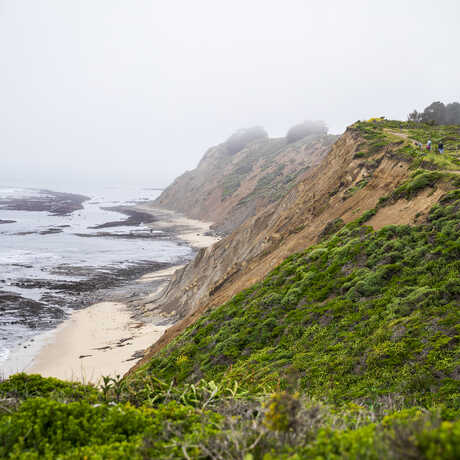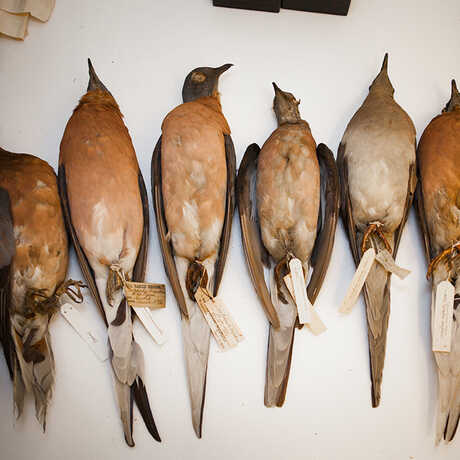Monarch's role in California history began as an 1889 publicity stunt, when he was captured in Ventura County by order of newspaper magnate William Randolph Hearst. Named for a Hearst newspaper tagline (“Monarch of the Dailies”), the 1,100-pound bear’s life from then on was not a happy one. He spent his remaining 22 years in captivity—on display for thousands of Californians in Woodward Gardens, Golden Gate Park, and the San Francisco Zoo—while the remaining California grizzlies were being hunted to extinction.
Joseph Grinnell, director and cofounder of the University of California’s Museum of Vertebrate Zoology, was among those who saw Monarch during those years. After the bear’s death in 1911, Grinnell acquired Monarch’s remains for research and documentation, later donating the mounted specimen to the Academy.
Monarch is now on display in California: State of Nature—the first time he's been viewable by the public since 2012.







